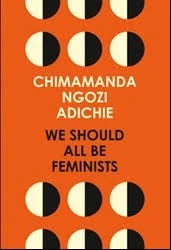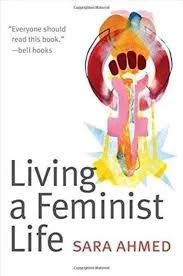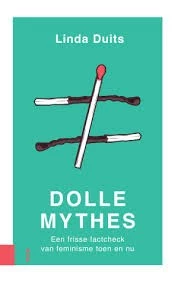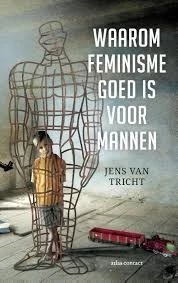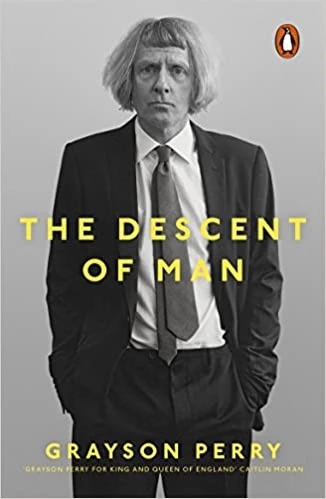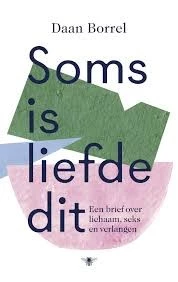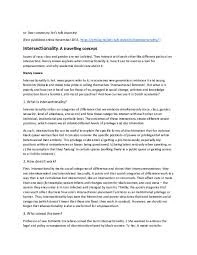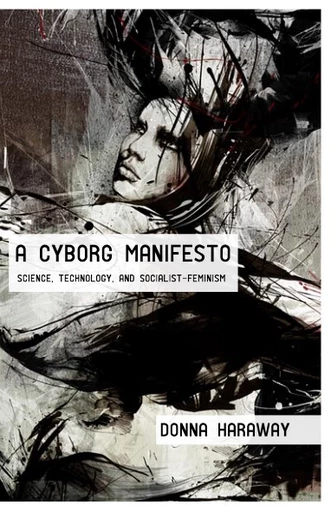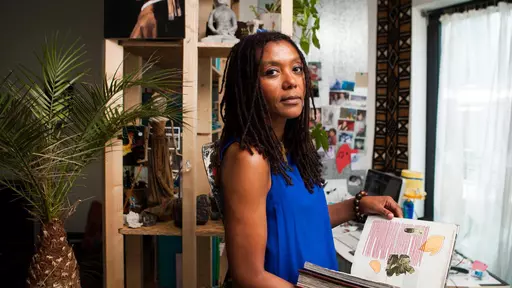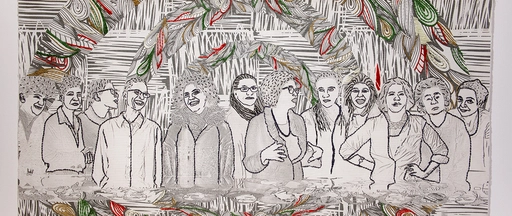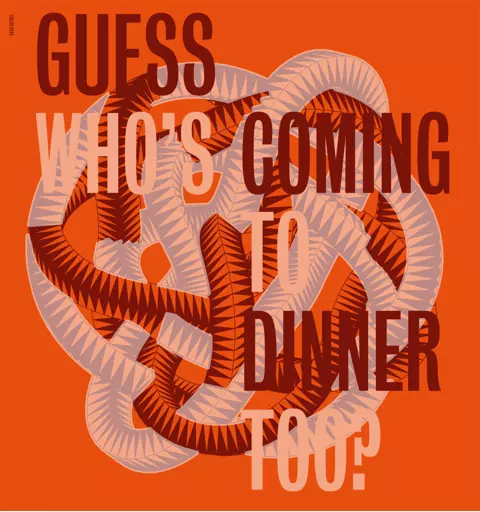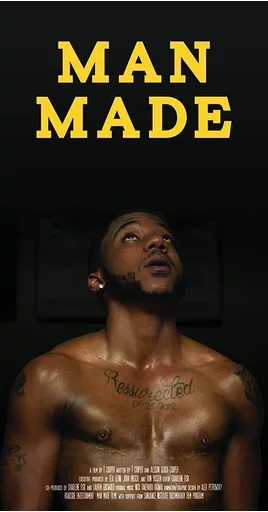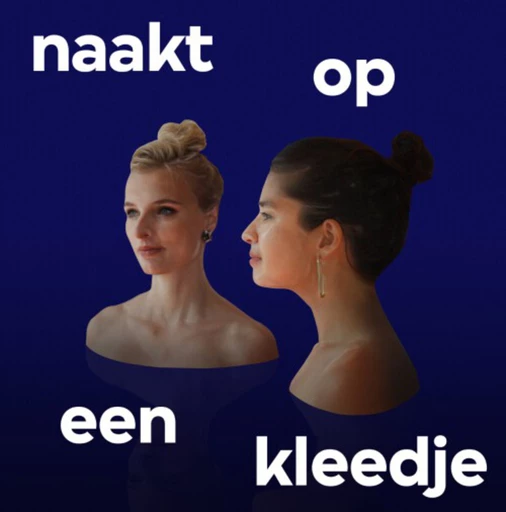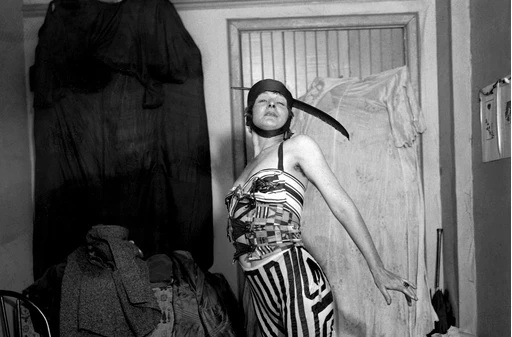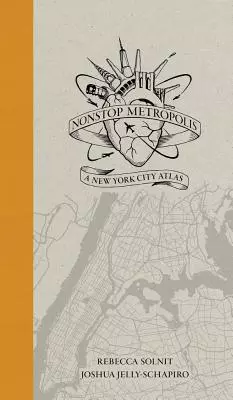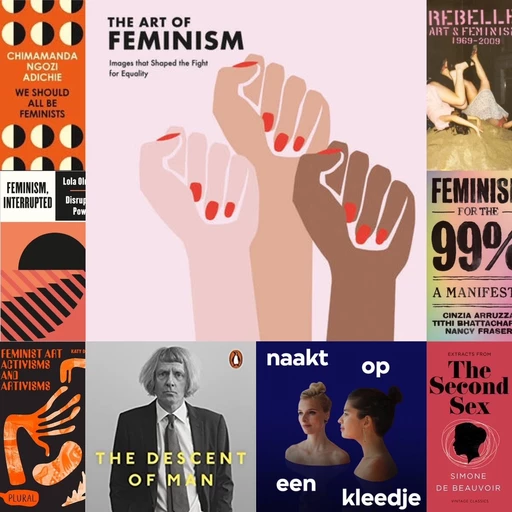
This reading list is based on the Feminist Reading Group organized by ArtEZ Studium Generale and Mister Motley. We are also grateful for the additional suggestions of Mirjam Westen (curator Museum Arnhem) and Rajae El Mouhandiz (researcher, theater maker, filmmaker, curator) and the preparatory research by intern Christianne van der Leest. We are aware that this list is far from exhaustive and keep us recommended for further suggestions. If the text of the book or article is only in Dutch, the description is also in Dutch.
The reading list contains different parts: general information, information on visual arts and art theory, information on performing arts and texts that were treated in the Feminist Reading Groups.
We are very grateful to the Mediatheek of ArtEZ for purchasing all the books. They are placed in a separate bookcase in the ‘living room’ of the library in Arnhem and can be borrowed.
Please note that the Mediatheek of ArtEZ is currently closed (until January 18). Students / teachers can reserve material via their website https://mediatheek.artez.nl and collect it in consultation.
The reading list contains different parts: general information, information on visual arts and art theory, information on performing arts and texts that were treated in the Feminist Reading Groups.
We are very grateful to the Mediatheek of ArtEZ for purchasing all the books. They are placed in a separate bookcase in the ‘living room’ of the library in Arnhem and can be borrowed.
Please note that the Mediatheek of ArtEZ is currently closed (until January 18). Students / teachers can reserve material via their website https://mediatheek.artez.nl and collect it in consultation.
Nederlandstalige inleiding
Deze leeslijst is gebaseerd op de Feministische Leesgroep die werd georganiseerd door ArtEZ Studium Generale en Mister Motley. Daarnaast zijn we dankbaar voor de aanvullende suggesties van Mirjam Westen (conservator Museum Arnhem), Rajae El Mouhandiz (onderzoeker, theatermaker, filmmaker, curator) en het voorbereidende onderzoek door stagiaire Christianne van der Leest. We zijn ons ervan bewust dat deze lijst verre van uitputtend is en houden ons aanbevolen voor verdere suggesties. Als de tekst van het boek of artikel alleen in het Nederlands is, is de beschrijving ook in het Nederlands.
De literatuurlijst bevat verschillende onderdelen: algemene informatie, informatie over beeldende kunst en kunsttheorie, informatie over podiumkunsten en teksten die behandeld werden in de Feministische Leesgroep.
Wij zijn de Mediatheek van ArtEZ erg dankbaar voor de aanschaf van alle boeken. Ze staan in een aparte boekenkast in de ‘huiskamer’ van de bibliotheek in Arnhem en zijn uitleenbaar.
De literatuurlijst bevat verschillende onderdelen: algemene informatie, informatie over beeldende kunst en kunsttheorie, informatie over podiumkunsten en teksten die behandeld werden in de Feministische Leesgroep.
Wij zijn de Mediatheek van ArtEZ erg dankbaar voor de aanschaf van alle boeken. Ze staan in een aparte boekenkast in de ‘huiskamer’ van de bibliotheek in Arnhem en zijn uitleenbaar.
GENERAL / ALGEMEEN
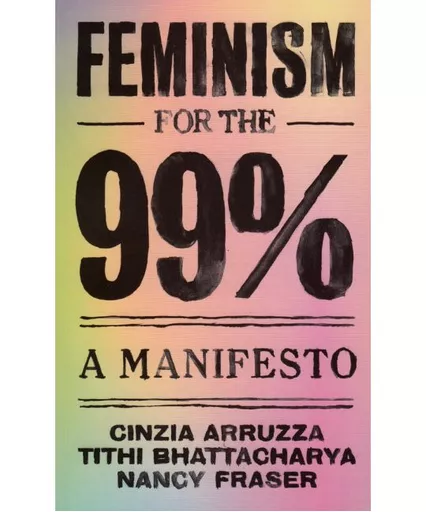
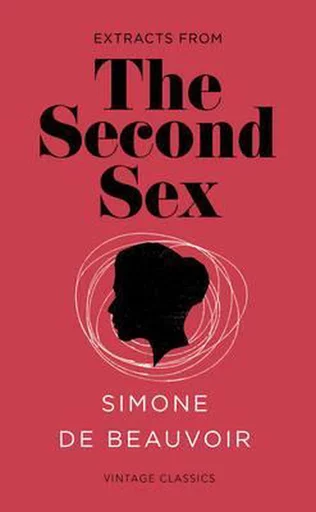
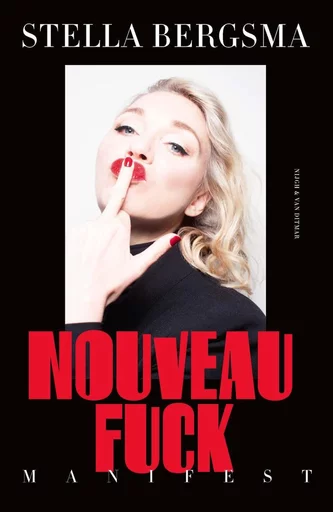
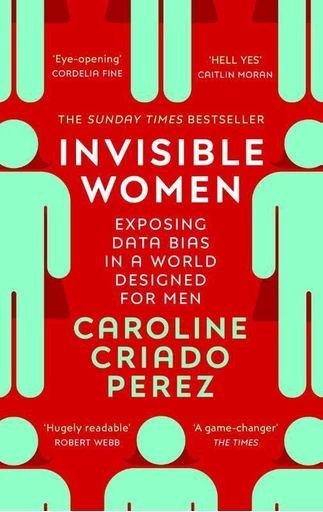
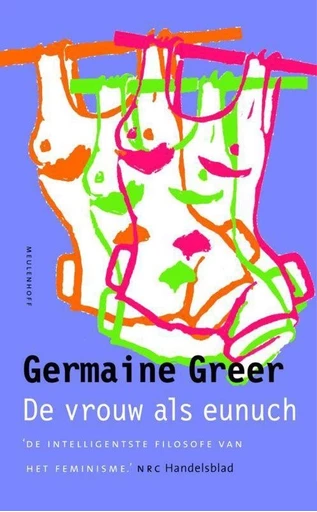
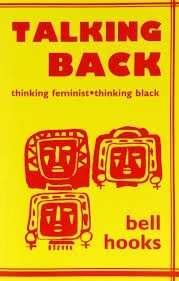
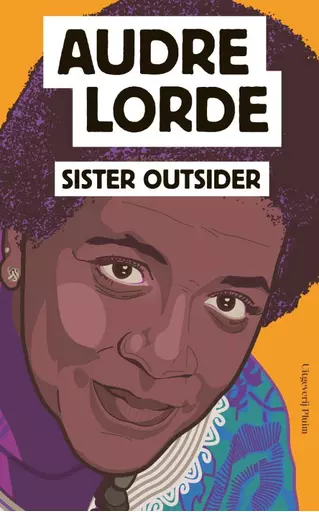
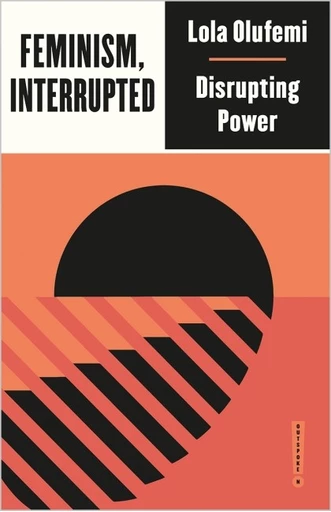
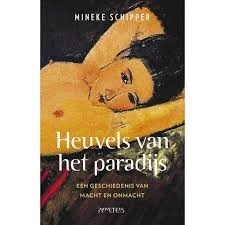
VISUAL ART / BEELDENDE KUNST + FEMINIST ART THEORY / FEMINISTISCHE KUNST THEORIE
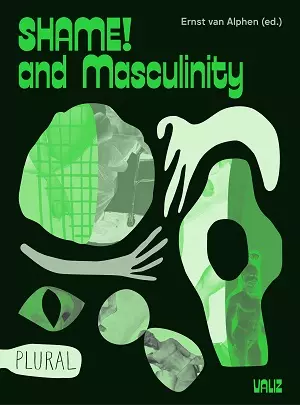
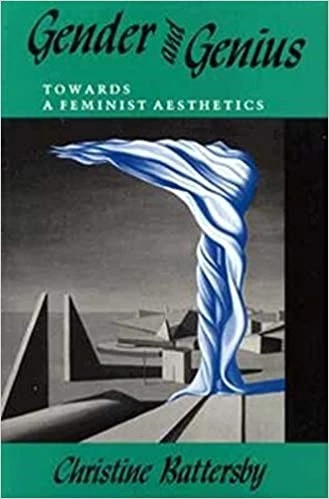
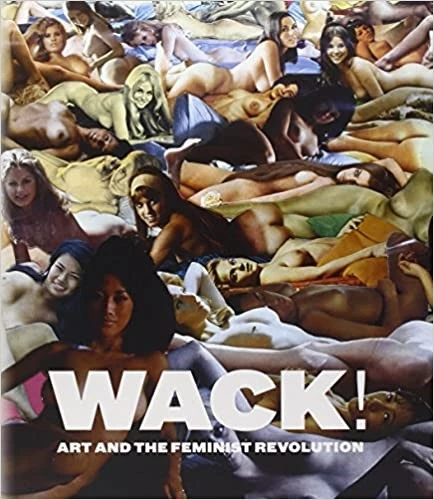
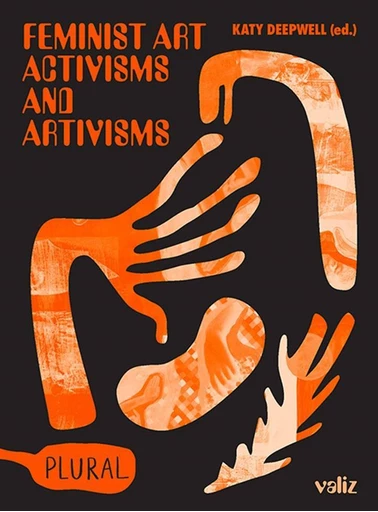
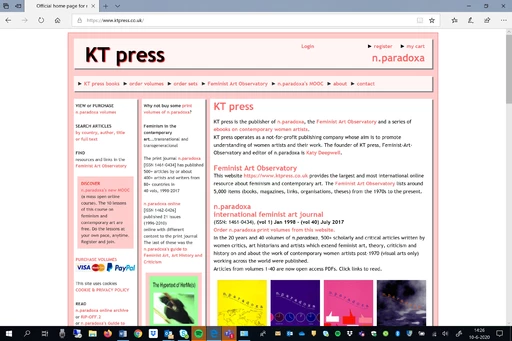
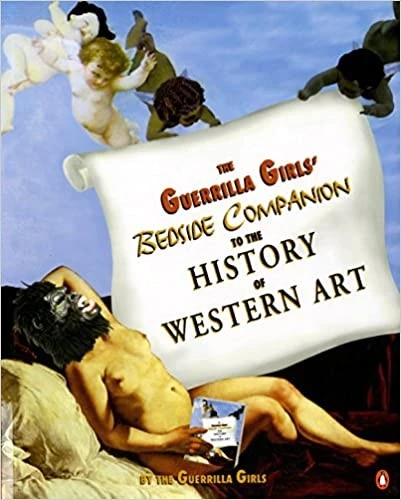
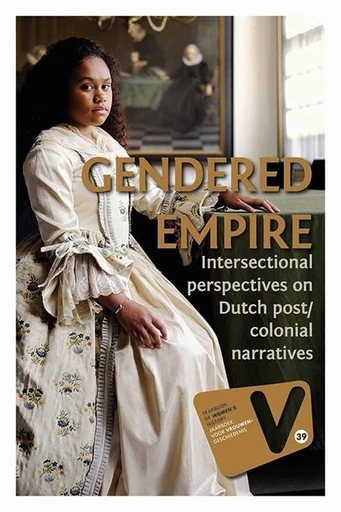
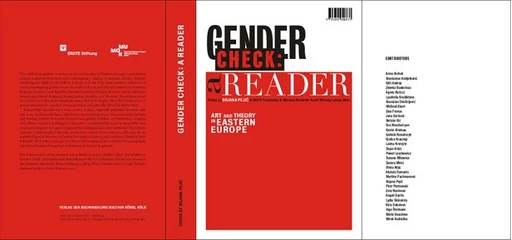
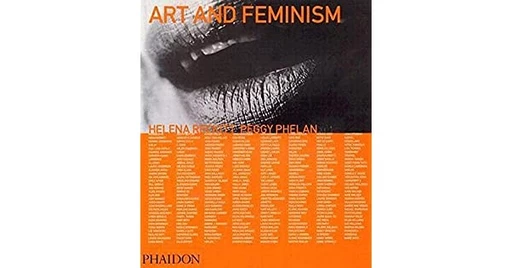
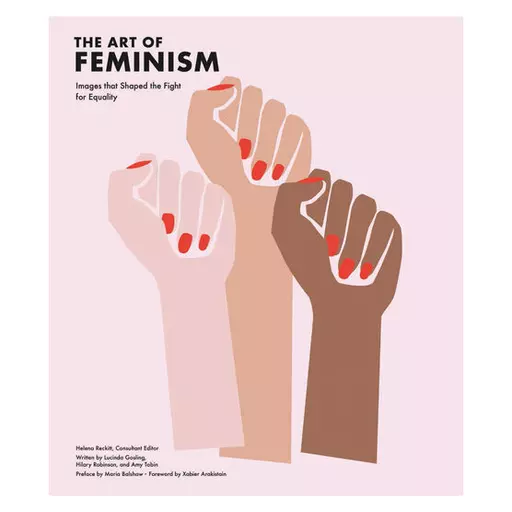
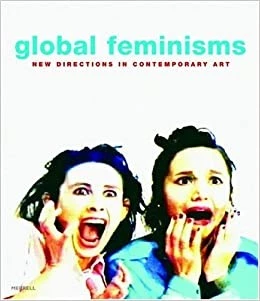
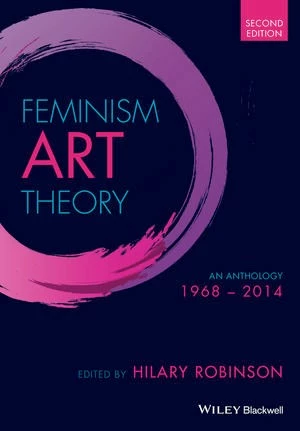
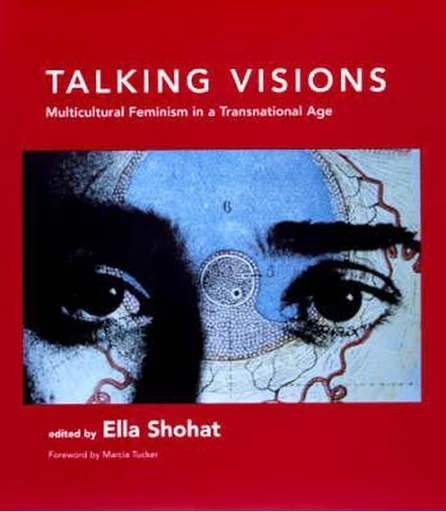
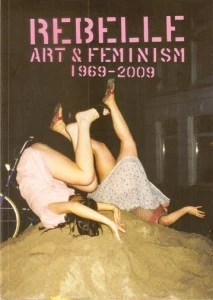
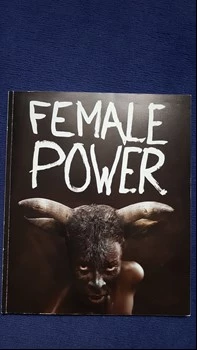
PERFORMING ARTS - DANCE + THEATRE / DANS + THEATER
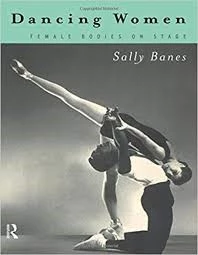
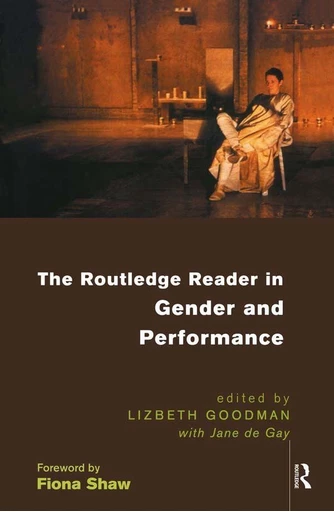
FEMINIST READING GROUP MATERIAL / LEESSTOF FEMINISTISCHE LEESGROEP
